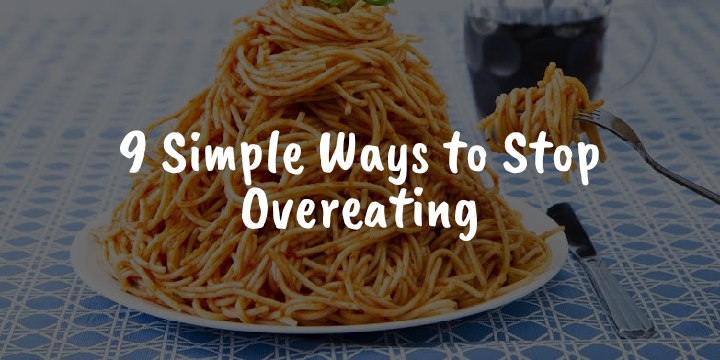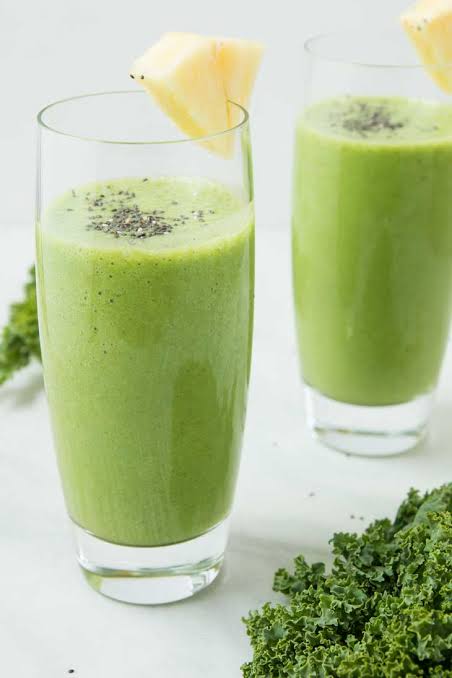Building a successful relationship takes dedication. There are untold life situations that can spring up, and test the strength and unity of your partnership. Having compatible core values will provide you with the necessary strength and camaraderie to be able to navigate through those stumbling blocks together.
Similar core beliefs are fundamental for you and your partner in order to feel safe, protected, connected, and comfortable, to name but a few.
So what are relationship values?
They are the guiding principles that dictate your behavior; your personal perspective, not only about yourself, but about others and the world. Core values are the underpinnings of how you live your life.
Be sure your relationship values have substance when discussing them with your partner. Here’re 10 important core values for a successful relationship:
1. Trust
This core value stands above all others. It is the foundation of your relationship. Without trust you basically have nothing.
Trust is integral to happy and fulfilling relationships in both our personal and professional lives. We require trust to develop over time to build successful and meaningful partnerships.
You and your partner need to trust each other with all you have. You need to feel confident that they will have your back, that you’ll have theirs, and that if there are children involved, their welfare comes above all else.
Your beloved and you can have a triumphant relationship. How? Trusting that each of you will always do the best for the greater good of the relationship. If you truly trust your partner, and they you, you are on your way to conquering any hurdle that stands in the way.
2. Loyalty
This core value is extremely important and goes hand in hand with trust. Being loyal and having a loyal partner assures that both of you are on the same team.
Loyalty is dedication; knowing that you’re devoted solely to each other. That all of the choices and decisions you make have been considered with your partner and the impact on your relationship in mind. Your commitment never wavers and your bond is unbreakable.
If both you and your honey are reliable and true to each other above everyone else, you’re on the right path. If not, it could be a warpath. Loyalty is a key core value for the health and survival of your relationship.
If you are loyal to each other, your love will thrive in the best possible way. And isn’t that the goal of every successful relationship?
3. Religion
This core value is paramount, especially if you are going to raise children together. Religion has a strong place in many people’s lives.
Despite possible difficulties, you might still decide that your partner’s different faith isn’t significant.
It may be true that religious differences might not end the relationship, but consider the effects on your children if you happen to have them? How will you raise them? Will you let them make up their own minds when they’re old enough? Or are you going to say, “The children must be raised Christian/Muslim. And that’s final!?”
Even if the couple comes to a similar conclusion, there is also the issue of extended family. If they are intricately involved in their religion—the one you were raised in—they may expect that their grandchildren should be as well, and apply undue pressure to make it happen.
If it’s important to you, make sure you discuss this core value, and that you’re both on the same page. And if you are, you’re adding another building block to your already solid partnership.
4. Family
Your dream growing up may have been to get married, have children, and extended family nearby. That’s always been a core value for you. But what happens if your partner wants no children? You’re not going to get too far. Family is a highly critical value, and one that both of you need to share.
Decide early on what your values are on family. Do you want to live near your extended family? How often do you want to visit? Do you want to have a family of your own? If so, how many? This core value, if not shared, could mean the end of your relationship.
Ultimately, your family values will be specific to you and your family unit. They represent the ways you want to live your family life, and they may have been passed down through multiple generations throughout the decades. Knowing what a family–both the nuclear family and extended family–values can help solidify bonds among family members. Family values help kids and young men and women make good choices because they have a set of beliefs to help guide them.
When you both hold this core value near and dear to your hearts, it can be very rewarding, bringing you closer together, and expanding the great thing you already have.
5. Communication
Without a doubt, this core value is crucial to the development and well-being of your relationship.
Living together as husband and wife (or any romantic partnership) can only work when there is an effective back and forth of information between the couple.
Communicating with each other will bring you closer; allow you to get to know each other as deeply as you can. If you like to keep things to yourself, believing that no one needs to know your business, not even your partner, and your partner loves to talk about every feeling, then the relationship will more than likely fail.
Maybe you’re the type of person who likes to process situations before talking about them, and your partner wants to talk about them immediately. That’s OK. As long as you both want to keep the lines of communication open, it can still work. You and your honey can decide on a time to talk about the issue/s, and resolve them. The problem arises when there is no talking at all.
Remember to also communicate the good stuff. Communicating with each other is a way to invest in your relationship. Any time you are sharing a piece of yourself and your life, your relationship will benefit, and you’ll be rewarded with increased intimacy.
6. Lifestyle
Lifestyles are important to every relationship. If you both like to do different things all the time, spending no more than a few minutes a week together, then your relationship is less likely to prosper.
I’m not saying that you have to be glued at the hip, but it’s a good idea to spend fun, quality time with each other. If you’re an outdoorsman, and your partner is a homebody, or you love to go out partying every weekend, and your partner sits in the corner counting the minutes until they can go home, then again, that could create a stumbling block.
As a couple, it’s important you do things together; that for the most part, you enjoy participating in the same activities. But even if you like chasing tornadoes, and your spouse likes taking walks in the park, your relationship can still function totally fine. Just make sure that most of your other core values are on point.
7. Honesty
This core value is critical to every relationship.
Without honesty there is no foundation for a lasting or enjoyable relationship in any context, whether that be with a family member, friend or romantic interest. Honesty is a voice for love that builds trust. Without it, even ‘I love you’ becomes a lie in itself and there’s no real security in the relationship.
The value of honesty is priceless. When you and your partner are honest with each other; when you both believe that honesty is the only way to carry on your relationship, you are saying that your union is decidedly important to you.
If you and your partner are both genuine with each other, you are elevating your alliance to the highest place. There is no guessing game for either of you; you both know where you stand, and that is the best way to grow together.
Honesty can sometimes feel awkward, especially if what you have to say is difficult, but in the long run, it’s better than concealment, which can cause irreparable damage.
If both you and your partner share this beautiful core value, your chances are good that your relationship will thrive in the best way possible.
8. Self-discipline
You may wonder what self-discipline is doing on this list. Let me explain. Let’s suppose you get up every morning at 5:00 a.m. to work out. You are disciplined about your eating habits, maintain a clean home, and delay gratification for future benefits.
You regard self-discipline as a strong virtue. But what if your partner hits the snooze button every morning? What if he doesn’t get out of bed until 9:00 a.m.? How would you feel? In a case like this, resentment could easily fester.
It’s important to share similar core values in this arena to avoid constant arguments
If you, as the self-disciplined partner, don’t care about your partner’s habits, then it could work, but there’s a strong possibility that if you’re highly self-disciplined, you will expect the same from your mate.
9. Self-improvement
If one partner is on the path of learning and self-improvement, and the other partner remains stagnant, the gap between the couple could widen.
If you are on a continual quest to become the best version of yourself, and your mate doesn’t care to go beyond the knowledge he/she acquired in high school, consider this a cause for alarm.
Whenever you learn something new, it’s natural to want to share it. And who better than with your partner? If they’re not interested, it could lead to disappointment and frustration on your part.
Learn and grow together, and you’ll be on your way to a successful relationship.
10. Finances
In order for your relationship to flourish, you must have similar thoughts and goals about how you manage your finances. If one of your core values is saving money for a rainy day, and your partner’s is to throw it away like it grows on trees, then this is going to create havoc in the most fundamental parts of your partnership.
If you or your partner are making big financial decisions without consulting the other, then this shows a total disregard for the economy of the relationship, and the relationship itself.
Your core values on finances need to be the same, or frustration is going to plague the saver and the spender.
If you don’t share the same core values on finances, it will more than likely lead to lying on the part of the partner responsible for the financial infidelity. The lying will lead to broken trust and feelings of betrayal. This is significantly difficult to repair.
Make sure that you and your honey have the same core values regarding money. This will fabricate a more solid relationship, and a future where both of you, working together, will determine your financial future, and all that that includes.
Final Thoughts
Core values are deeply held beliefs. Those beliefs dictate how you behave in your life, and with others. Having a significant other who holds those same beliefs is a wonderful complement to the relationship, and the stuff that strong unions are built upon.
Having said that, your core values may change over the course of your life. You may have one set of values when you’re twenty, and then experience situations that alter those values when you’re in your thirties, forties, and beyond. Still, whatever changes occur need to be in sync with your partner’s for your relationship’s success.










